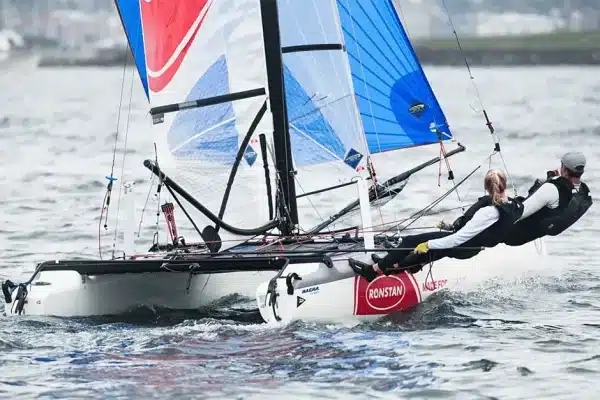We’re proud to announce the launch of a fully upgraded and performance optimised range of Furlers. The Continuous Line Furlers have been developed over recent years for use on some of the worlds top racing syndicates. Encouraged by their feedback, design enhancements have been incorporated, resulting in the Gen 2 Furler range that now puts great performance and reliability within the reach of cruising and racing sailors alike. The Gen 2 Continuous Line Furler Range offers numerous benefits as a result of market feedback, extensive testing and refinement of our original Continuous Line Furler range. Some of the many advances in technology and performance include: Advanced drum technology: The range matches drum diameters to load ratings to provide the optimum balance between speed and ease of furling. Drums incorporate a sophisticated furling line groove profile and cross-hole geometry to grip the furling line securely when furling, but release it when deploying the sail. Secure, snag free connections: Furlers and top swivels have retained quick-release clevis pins and a low profile shackle pin head on the top swivel. Rotation stop accessory: A compact rotation stop can be added to compatible models of furlers to ensure inadvertent unfurling of the sail doesn’t occur. Maintenance free bearing system: Furlers and top swivels feature a factory sealed, maintenance free bearing. Roller bearing sets run on hardened races for smooth high load performance. Dedicated Top-Down models for spinnaker and genneker sail: Ronstan Gen 2 furlers are now available in dedicated top-down models with practical accessories such as soft loop shackles and top swivel lashing pins to provide the perfect solution. Easy continuous line installation and removal: Gen 2 furlers feature a clever continuous line installation and removal system that requires neither tools nor disassembly. The new system is ideal for systems where it is not convienient to remove the furling line from the boat; such as when it is routed through under-deck channels or the covering panels, or via guide blocks and cleats routing it around the cabin.

Ronstan
Introducing Ronstan’s new Series 40 Orbit Blocks™
Ronstan presents the new Series 40 Ball Bearing Orbit Blocks™ which will be available for purchase from January on SpecialRig. The new Series 40 ball


